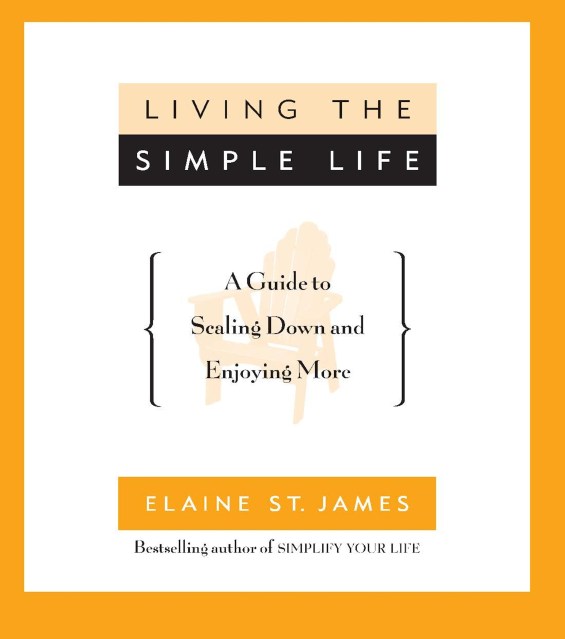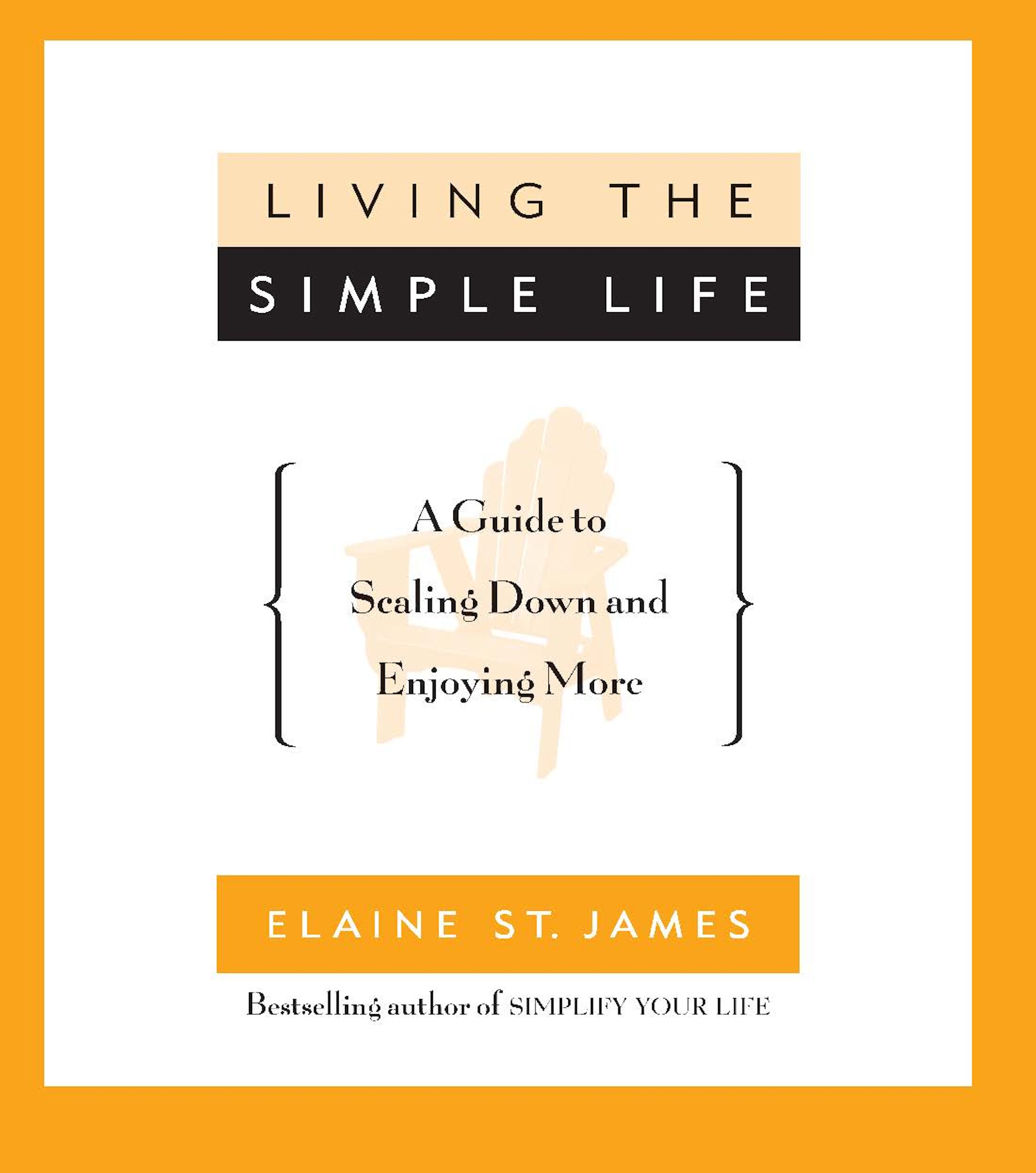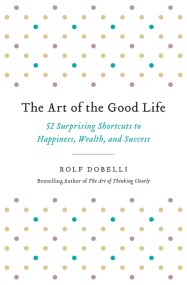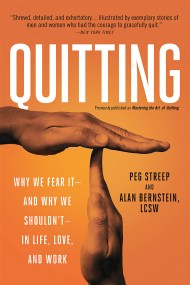Promotion
Use code MOM24 for 20% off site wide + free shipping over $45
Living the Simple Life
A Guide to Scaling Down and Enjoying More
Contributors
Formats and Prices
Price
$8.99Price
$11.99 CADFormat
Format:
ebook $8.99 $11.99 CADThis item is a preorder. Your payment method will be charged immediately, and the product is expected to ship on or around April 22, 2014. This date is subject to change due to shipping delays beyond our control.
Also available from:
If you've thought about simplifying, but don't know where to begin, Living the Simple Life is the blueprint you need. And if you've already started to simplify, it will give you new insights and ideas for what to do next on your journey to a more balanced, peaceful life.
In these pages, you'll discover how simplifying your life will:
In these pages, you'll discover how simplifying your life will:
- Give you more time to play and relax
- Make you more productive at work
- Unleash your creativity and open up new possibilities
- Free up time for you to face the challenges you've been avoiding
Genre:
-
"A pinch of Heloise and a dash of Buddha."Publishers Weekly
- On Sale
- Apr 22, 2014
- Page Count
- 320 pages
- Publisher
- Hachette Books
- ISBN-13
- 9780316335584
Newsletter Signup
By clicking ‘Sign Up,’ I acknowledge that I have read and agree to Hachette Book Group’s Privacy Policy and Terms of Use







